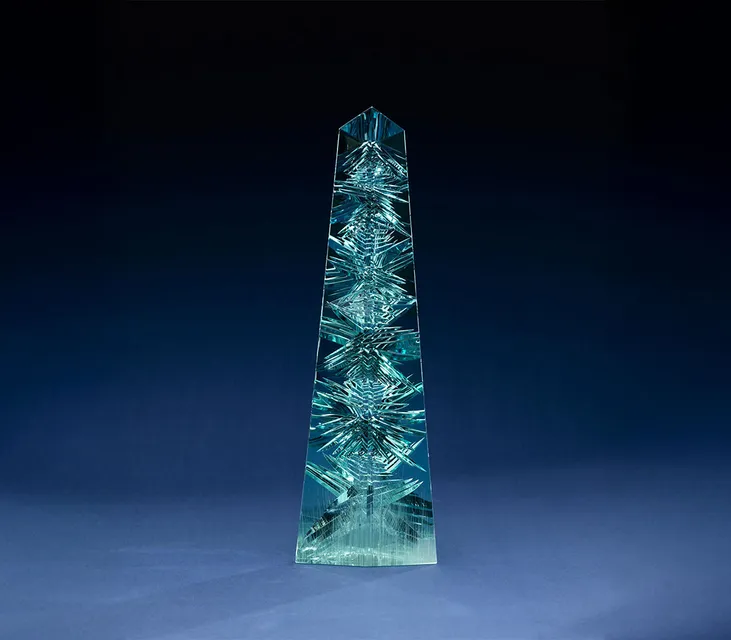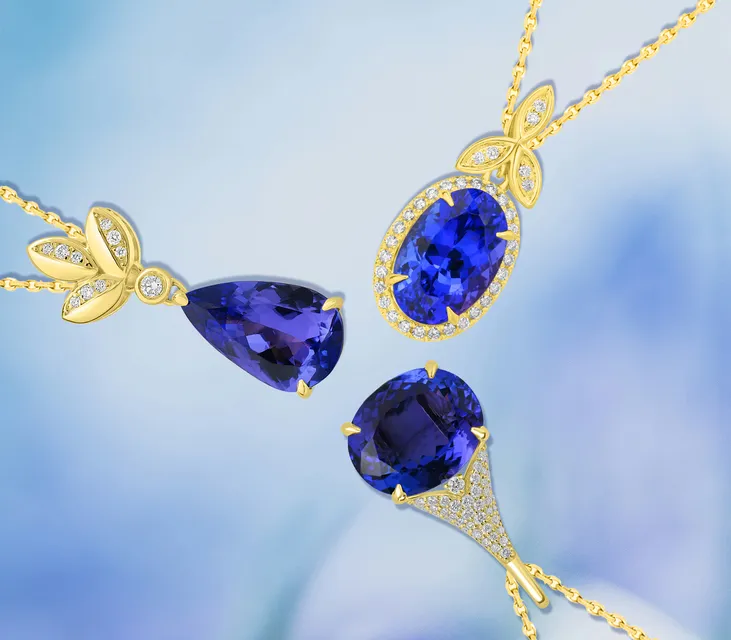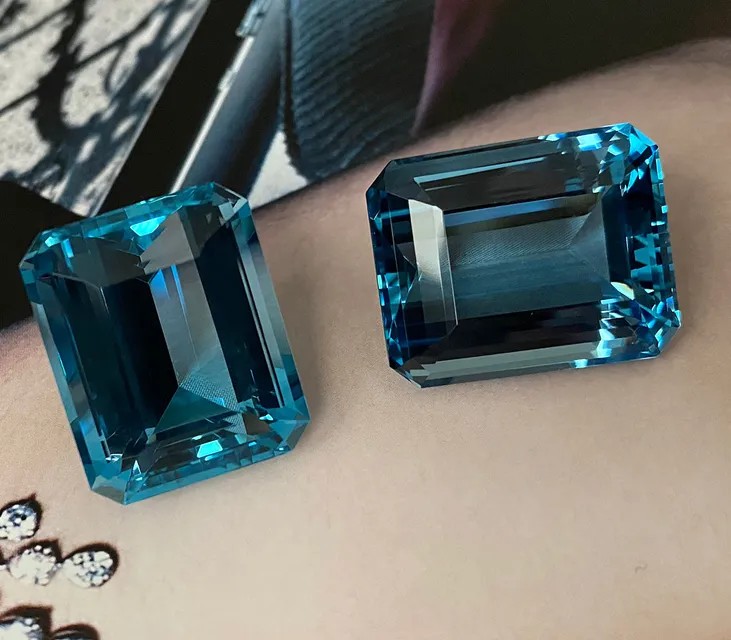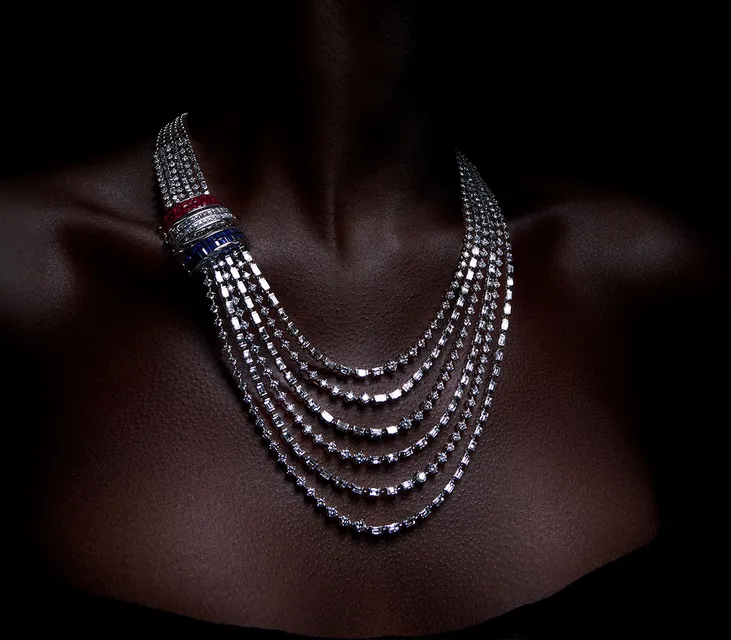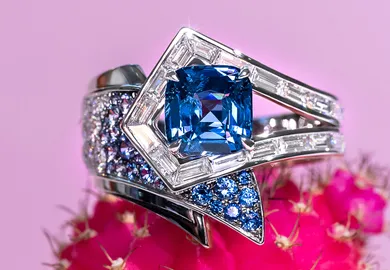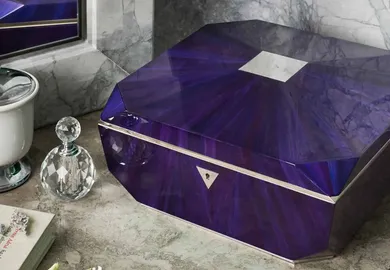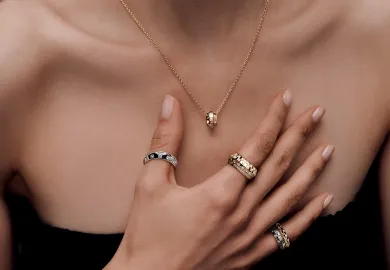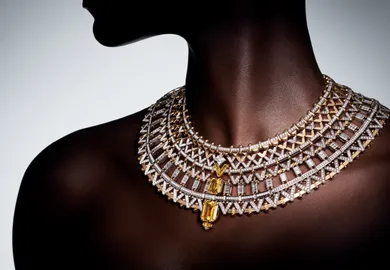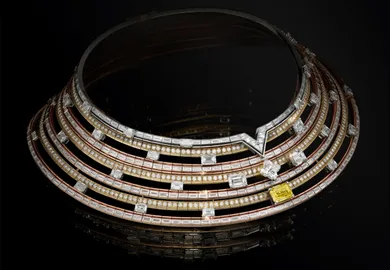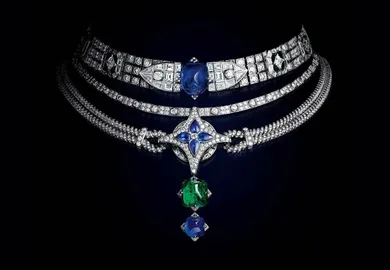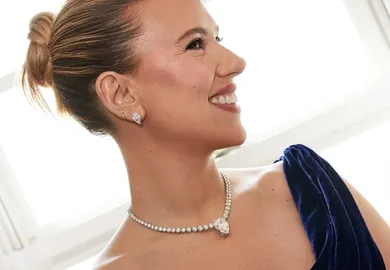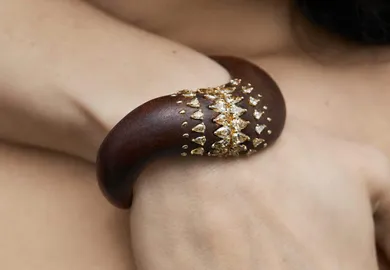

Emerald Oiling: The Refining Process and Its Impact On Pricing
It is human nature to strive for excellence, and this aspiration extends far beyond self-image. We strive to refine virtually everything created by Mother Nature, all that is beautiful in its own natural form – including gemstones. The richer the colour and the purer the mineral the better, and this epithet is true of any gemstone. So, in pursuit of possessing nature’s treasures, the likes of which can reap great financial rewards, people began several thousand years ago to refine emeralds in a fairly simple way: oiling. And to this day oil treatment is still the most common method used to enhance the appearance of emeralds.
Of all the clear green beryl crystals mined across every continent, there are very few ‘gem quality’ emeralds. Indeed, the highest quality stones are bestowed with complex internal crystal structures, known as “garden-like” inclusions. In spite of the fact that an emerald with attractive defects is occasionally valued no lower than its defect-free counterparts with their thick, smooth colour, we nevertheless try to correct the natural “mistakes” in the defective stone, making what seems to us to be unattractive a little less noticeable. This is achieved by filling emeralds along possible fault lines with cedar oil or natural resin, known as “Canadian balsam”.
As far back as Ancient Egypt, the process of fracture filling this wonderful gemstone has been documented in scrolls and other ancient texts. Typically, the preferred method to clarity enhance an emerald is through the filling of natural fissures and fractures with natural cedar oil or Canada balsam, although other more permanent methods do exist. Unlike the treatment applied to sapphires and rubies, most forms of enhancing the aesthetic appearance of an emerald are reversible, says George Smith, co-founder of International Emerald Exchange (IEEX), a company involved in the manufacture and export of some of the finest Colombian emeralds.
If oiling emeralds is only a temporary solution, why is it still the most common treatment? It’s because this viscous liquid has the unique ability to penetrate even the smallest cracks and imperfections and make them less visible (it does so because of its almost identical refractive index). This gives it the ‘edge’ over other methods.
According to George Smith, the levels or degrees of treatment are set out by the LMHC (Lapidary Manual Harmonisation Committee) and divided into five categories: no surface-reaching fissures present; no oil/insignificant; minor treatment; moderate treatment, and significant treatment. Via this LMHC fact sheet, you will see the following definitions:
– No fissures or No fissure filling / No indications of clarity modification- Indications of fissure filling / Indications of clarity modification- Indications of cavity filling- Indications of coloured fissure filling / Indications of clarity and colour modification- Emerald with/and resin (manufactured product)
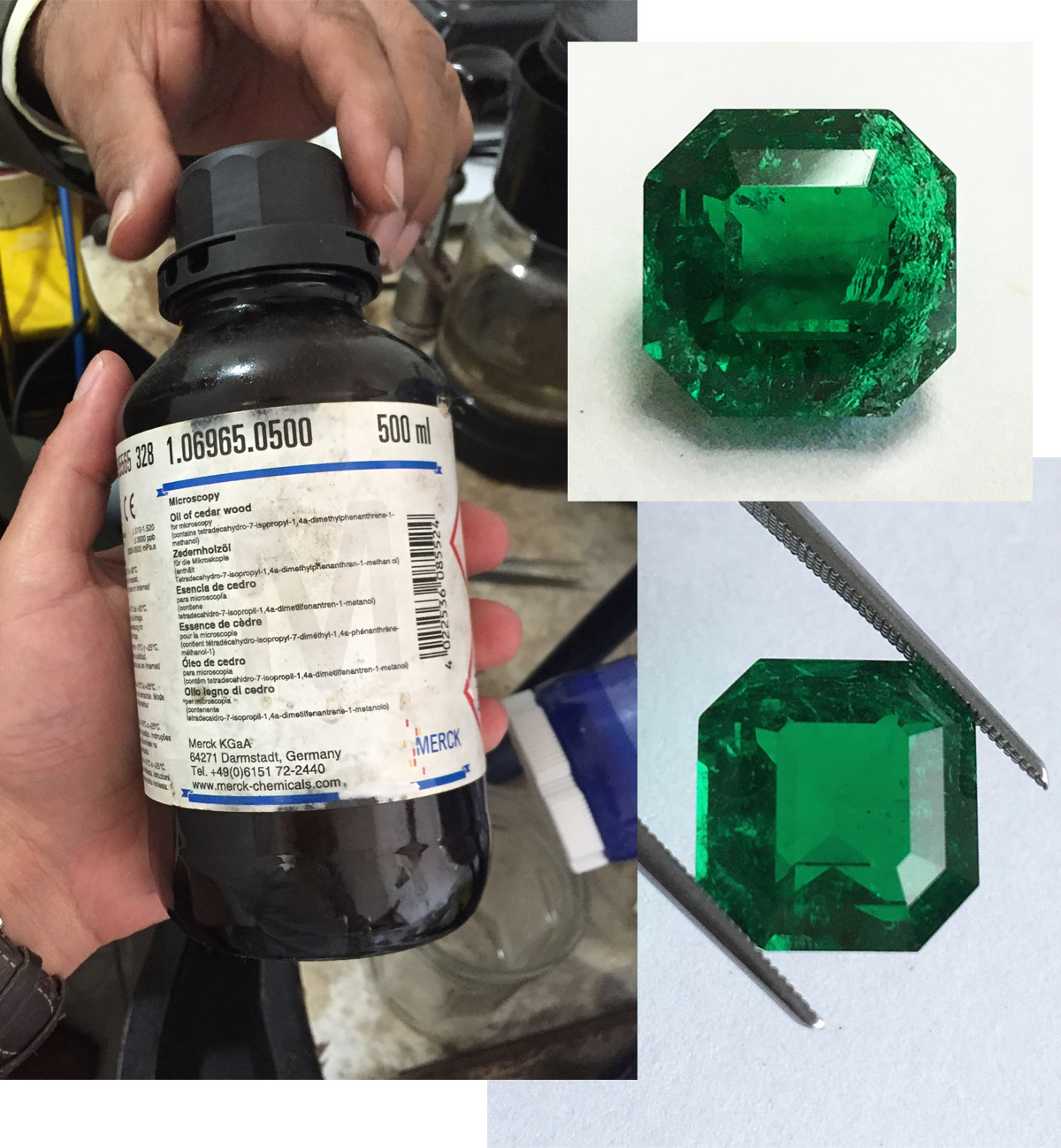
On the left: Cedar oil, On the right top – emerald before oiling, on the bottom – after oiling
George continues: “No treatment stones are without treatment; insignificant stones can sometimes also be technically untreated, but due to the nature of the surface reaching fissures will be given this grade as treatment is possible. The stones in the minor category often require a tiny amount of oil to make them reach their full potential. It may be the case that as little as one or two surface-reaching fissures have been filled. The next ‘moderate’ degree of treatment includes stones with multiple surface-reaching fissures, one or more of which will be located across the table of the emerald. And the last category is comprised of stones that have multiple oil-filled fractures, many of which are surface-reaching. These stones are considered by many as unsellable to retail customers.”
Purchasing a No-Oil Emerald Gemstone
Because very few people are able to determine the type of refining an emerald has undergone or the extent to which an emerald has been refined, it is important to buy emeralds carefully. The emerald jewellery in the windows of Van Cleef & Arpels, Chopard, Boucheron, Cartier and other top-tier brands will almost certainly have little to no treatment. Over the years, gemmologists in major jewellery houses have sought out stones for their collections and have never compromised when it came to the quality of the gem. For premium pieces of jewellery, you will have to pay the price, so if you are looking for more affordable emeralds, contact midrange boutiques or less well-known brands. They often work with emeralds refined to a moderate degree.
The Price of Fracture-Filled Emeralds
Despite the fact that oiling makes emeralds more visually appealing, their value suffers. As George explains: “Using a three-carat stone of optimum colour and clarity as an example, with all things except the level of treatment being equal, we can explore the effect this has on an emerald’s value. If a stone is graded as displaying ‘minor’ indications of clarity enhancement, prices could range from $12,000 to $18,000 USD per carat. If it belongs to the ‘moderate’ category, the value varies from $8000 – $12,000 per carat. Finally, an emerald displaying ‘significant’ indications of treatment could be worth from nothing to $4000 – $6000 per carat. These prices are only a rough guide, though, as there is a multitude of other factors that affect pricing.”
If you manage to find a completely natural emerald, be prepared to pay a high price for it: these stones are so rare that Smith estimates they constitute a mere 0.5% of the market and command premiums of 1-200% over similar looking but slightly treated stones.
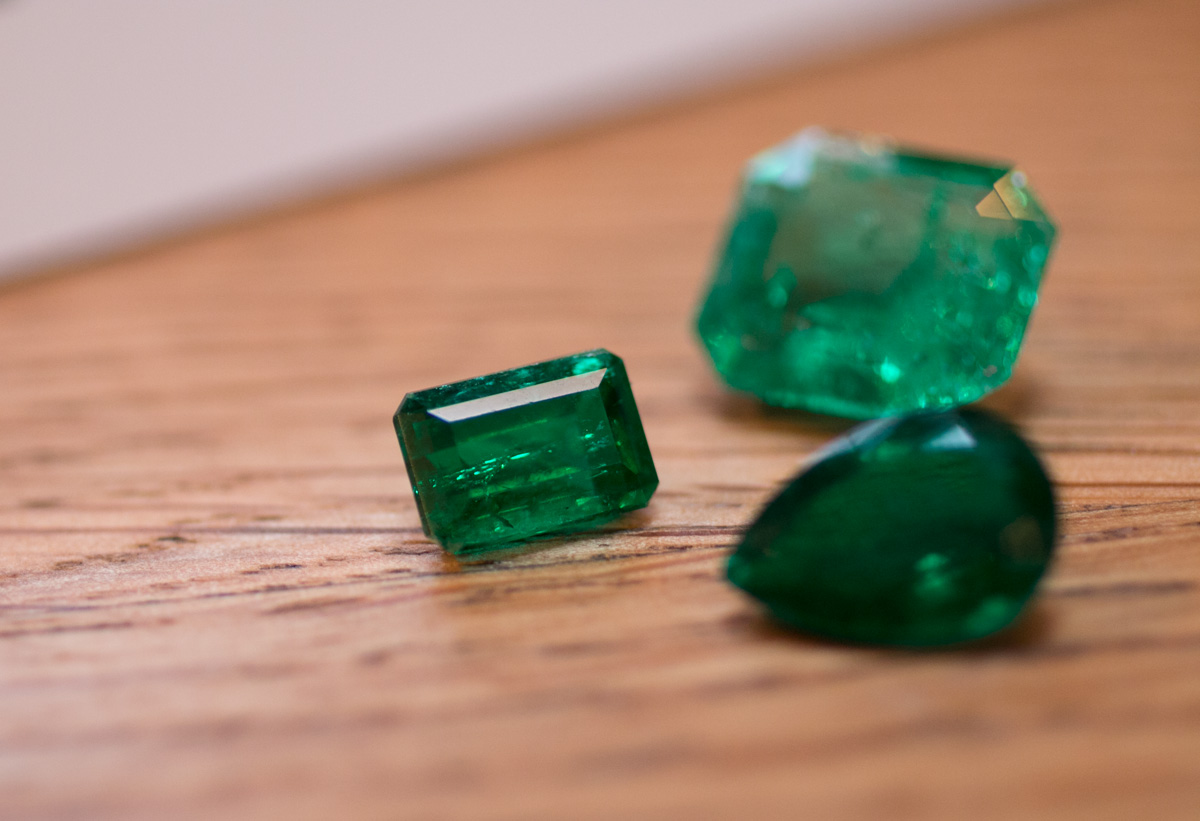
Emerald with numerous internal fissures
Emerald Gemstone Grading
And finally, it is also worth talking about the certificates, because they are your guarantee of quality. The most respectable and reliable are two Swiss grading laboratories, Gubelin and SSEF, which undertake the inspection, analysis and certification of the majority of fine-quality Colombian emeralds in the marketplace (including many emeralds supplied by IEEX).
However, they don’t indicate in the certificate what kind of refining process has been implemented, paying attention only to the degree of enhancement the emeralds have undergone. “They refuse to specify the exact type of treatment agent not because it is impossible to identify it, but due to the fact that these laboratories will only state in writing what they can say with 100% accuracy. Missing one fissure that has been treated with a different filling material could jeopardise the laboratories’ reputation. SSEF is the only Swiss lab that gives any indication of the treatment type, classifying it as either ‘traditional’ or ‘modern’,” clarifies Smith.
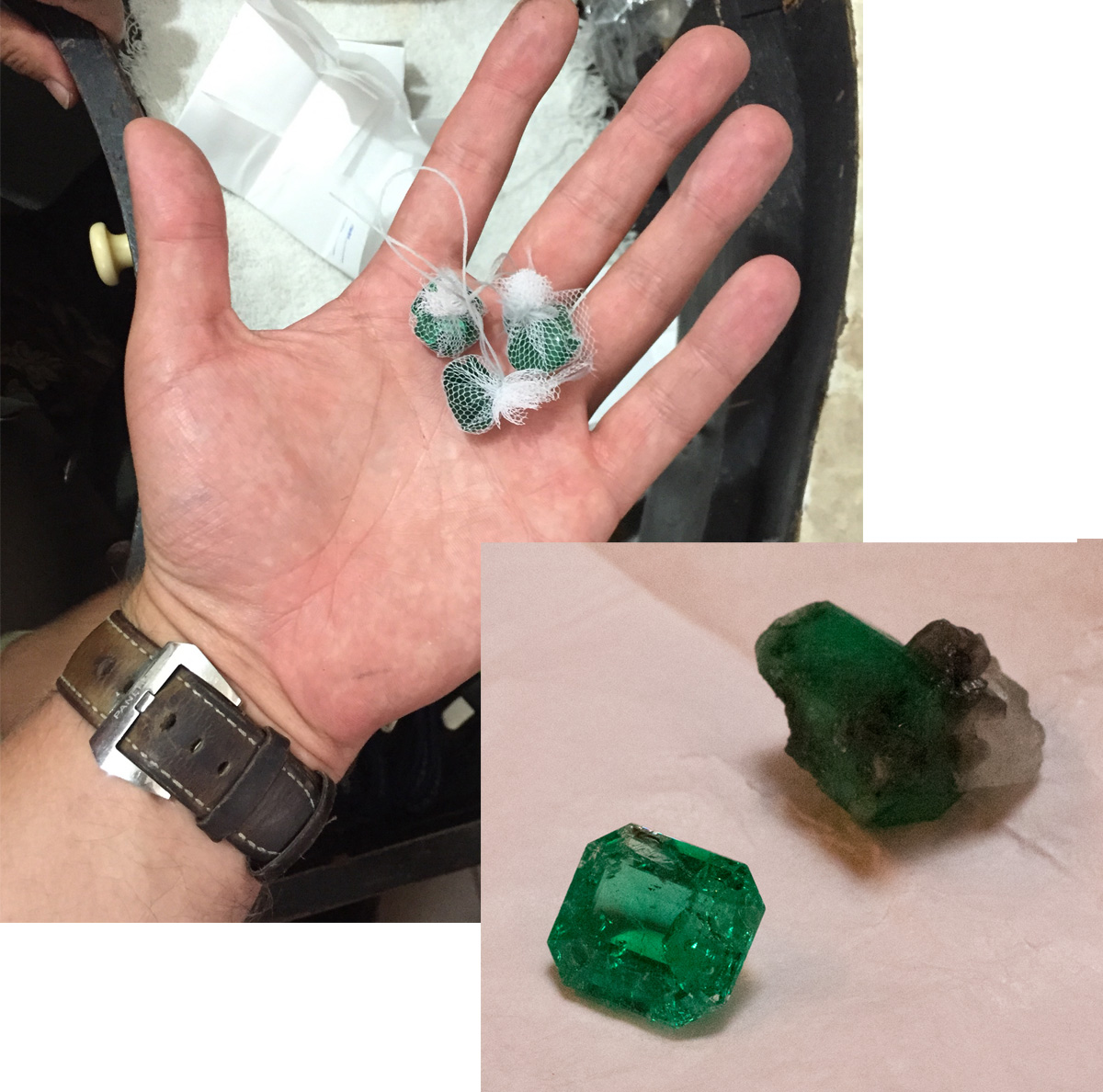
Left – Stones in gauze ready to be loaded into oiling machine, Right – an emeralds that needs oiling due to its high volume of inclusions
To summarise, cedar oil is 100% natural which is why it is the favoured and most traditional form of treating an emerald. A stone with a minimal amount of treatment should never normally require re-oiling; however, in recent years, many dealers have begun using artificial hardened resins (which are ‘glue-like’ synthetic substances) to fracture fill emeralds in the hope of providing a more permanent treatment to stones that require a lot of it. This is often undertaken before the cutting process to ensure that any rough stones that would normally have too many fractures and therefore be too structurally weak are able to survive the pressure of the cutting and polishing wheel. Because of this, IEEX employs an oil-only policy, working only with fine-quality emeralds.
For more information about emeralds, visit International Emerald Exchange.

WORDS
Katerina Perez is a jewellery insider, journalist and brand consultant with more than 15 years’ experience in the jewellery sector. Paris-based, Katerina has worked as a freelance journalist and content editor since 2011, writing articles for international publications. To share her jewellery knowledge and expertise, Katerina founded this website and launched her @katerina_perez Instagram in 2013.
Latest Stories
Add articles and images to your favourites. Just

Century of Splendour:Louis Vuitton Awakened Hands, Awakened Minds Chapter II
Creative Director Francesca Amfitheatrof offers her unique interpretation of a pivotal period in France’s history, marked by the French Revolution, the Napoleonic era, and the rise of industrialism
Jewels Katerina Perez Loves
Continue Reading
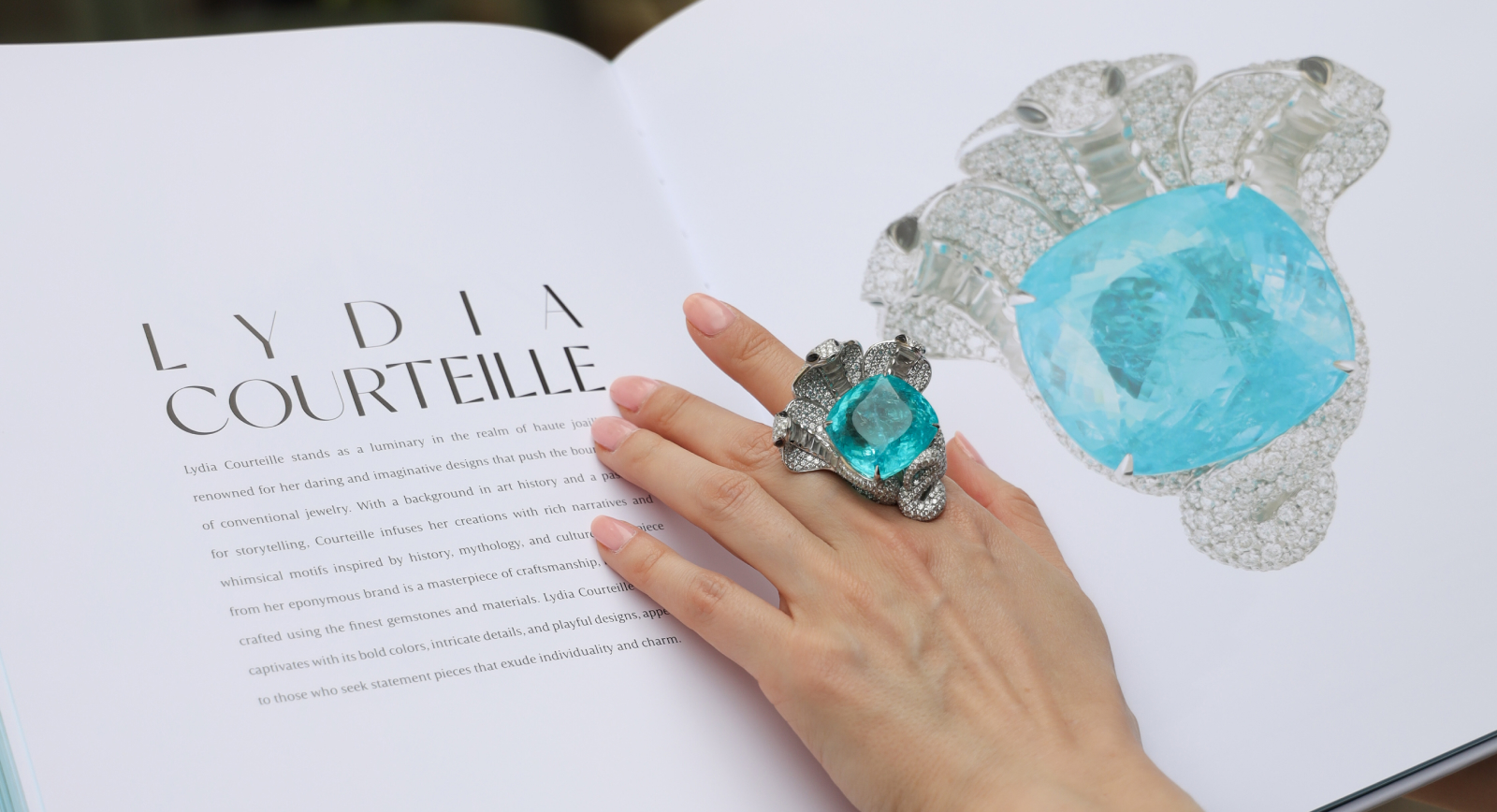
Writing Adventures:Co-Authoring the Book
Paraiba: The Legacy of a Color
Brand Focus: Louis Vuitton
Jewellery Insights straight to your inbox



